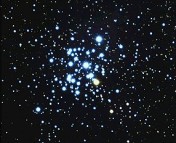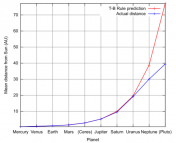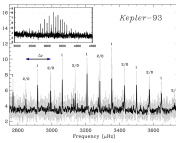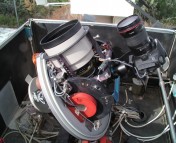This post has been removed. Please see the Astrobites Statement on Harassment for more details about this removal.
Subscribe
Follow us on Twitter
More Posts About
simulations cosmology astronomy Kepler Milky Way exoplanets AAS planetary science theory protoplanetary disks gravitational waves galaxy evolution galaxies astrophysics stars dark matter star formation black holes observations habitability stellar evolution binary stars dwarf galaxies AGN transits solar system supernovae radio astronomy spectroscopy planet formation
Posts by Category
Our Sister Sites
(Organized under ScienceBites)
- Astrobitos (Astrobites in Spanish)
- Astropontos (Astrobites in Portugese)
- staryab (Farsi)
- ArAStrobites (Arabic)
- BiteScis (K12)
- Chembites
- Cogbites
- Envirobites
- ForensicBites
- Geobites
- Heritagebites
- ImmunoBites
- Nutribites
- Oceanbites
- OncoBites (Cancer)
- Particlebites
- PERbites (Physics Education Research)
- Reefbites
- Softbites
- astro[sound]bites





Just wanted to point out that saying this planet has no atmosphere at all may not be true-some believe that it may be possible the planet harbors clouds of silicate material, essentially giving it an atmosphere of vaporized rock.
one little errata: sin(0) = 0 — for “perfectly aligned” I think you mean that the orbit axis is 90 degrees from our line of sight so i = 90 and sin(i) = 1.